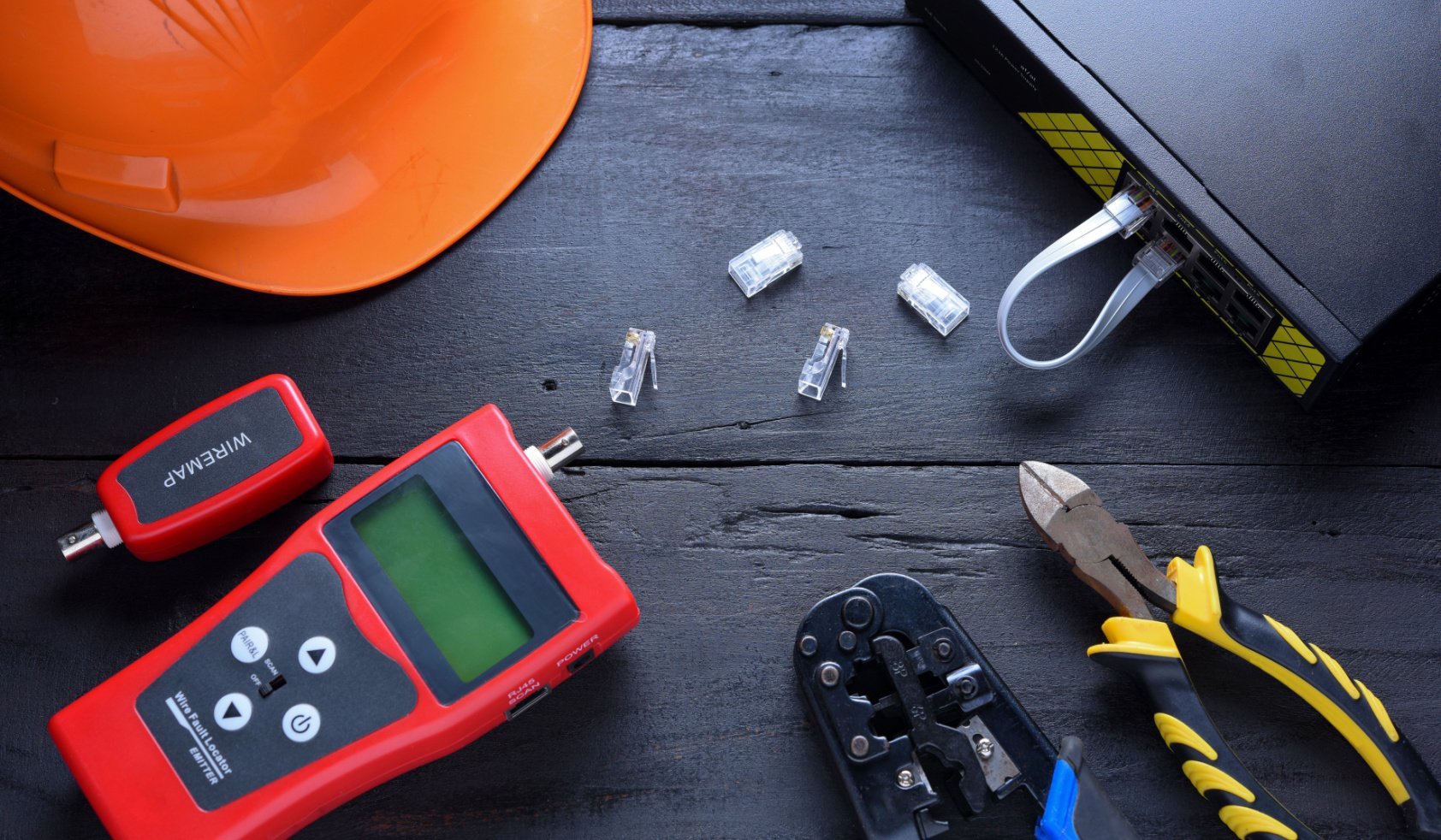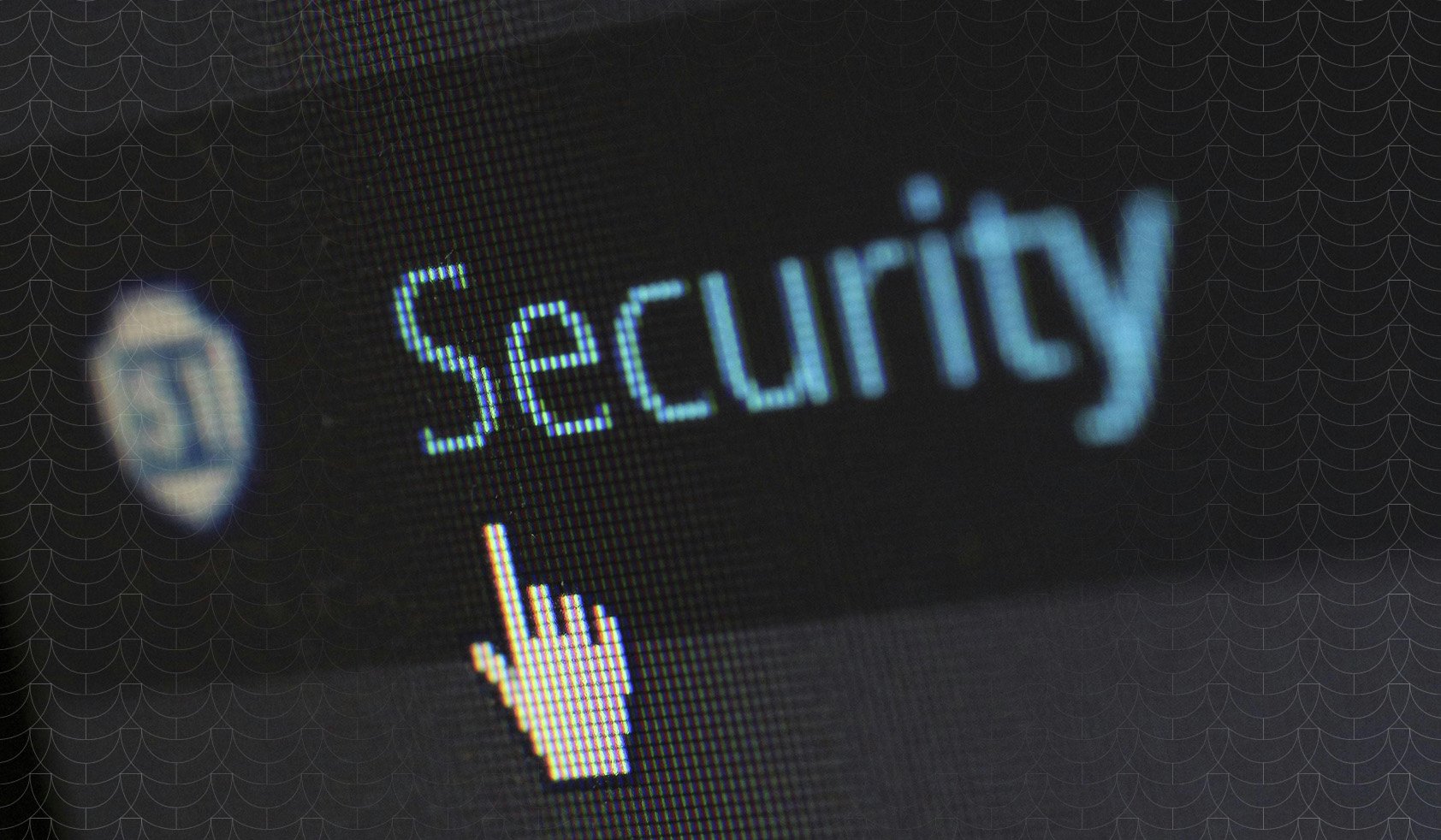The adoption of Power over Ethernet (PoE) technology is on the rise, thanks to its dependability in powering devices via low voltage ethernet network cables. While PoE generally provides a seamless experience for end-users, challenges can arise when a new device fails to power on due to power budget depletion. This issue underscores the importance of accurately calculating your PoE power budget.
At comnet by acre, we're committed to helping you avoid such frustrations. In this guide, we'll walk you through the steps to accurately calculate your PoE power budget.
Step 1: Calculate the Total Demand for PoE in Watts
Start by identifying the devices connected to your PoE switch and their respective power requirements. The power demand will vary from one device to another. For instance, an IP camera with PTZ movement and a built-in heater will consume considerably more power than a wireless router.
Sum up the expected power demand for each Powered Device (PD) in watts, accounting for the maximum power and upper end of PD classification. For any unspecified devices, assume Class 0.
Consider, for example, an IEEE802.3af, Class 0 device may consume 9 watts. However, since it's Class 0, you should assume 15.4 watts. Round these figures up occasionally to cater for the additional consumption of the UTP (unshielded twisted pair) ethernet cable that runs between the PD and PoE switch.
When planning for future capacity, make sure to leave at least one spare port for diagnostics, troubleshooting, or monitoring. While it's not necessary to account for spare ports in a PoE power budget calculation, many clients prefer having extra ports for potential future expansion.
Step 2: Adjust for the Operating Environment
Environmental conditions play a significant role in a PoE power budget calculation. For long-term power supply performance in a benign/conditioned environment (with steady temperatures between 32°F/0°C and 120°F/50°C), expect 70% of its rating. In such an environment, divide the total wattage from step one by 0.7.
For harsh environments with extreme temperatures, plan for diminished performance. Divide the total wattage from step one by 0.6 in such settings.
In extreme conditions, we recommend opting for rugged, "hardened" devices like those from comnet by acre's PS-DRA Series of environmentally hardened, DIN rail mountable, DC 48V power supplies.
Regardless of the conditions, it's always safe to assume a conservative long-term performance drop of 50%. This means totaling the anticipated power demand (step 1) and dividing it by 0.5 (step 2) to get a power budget in watts.
Step 3: Choose the Right Power Source
Once you've calculated the PoE power demand and adjusted for environmental factors, it's time to select an appropriate power supply. Comnet by acre offers DC 48- to 56-volt supplies with ratings from 30 watts to 480 watts.
Based on your PoE power budget calculation, select a supply that fits your needs from the lists below:
For conditioned or benign environments, consider the following power supplies: PS-DRA30-48A, PS-DRA60-48A, PS-DRA120-48A, PS-DRA240-48A, and PS-DRA480-48A. These power supplies are recommended when Step 2 is between 0 W and 20 W, 20 W and 40 W, 40 W and 80 W, 80 W and 160 W, or 160 W and 320 W.
For unconditioned or harsh environments, consider the following options: PS-DRA30-48A, PS-DRA60-48A, PS-DRA120-48A, PS-DRA240-48A, and PS-DRA480-48A. When Step 2 falls between 0 W and 20 W, 15 W and 30 W, 30 W and 60 W, 60 W and 120 W, or 120 W and 240 W.
For further assistance, feel free to contact the comnet by acre Design Center at your convenience.
Final Step: Prepare for Installation
With the PoE power budget calculated, you're almost ready for installation. Remember to account for purchases such as the power supplies themselves, cabling installation costs, and integration expenses (including sourcing material, voltage drop calculations, and device compatibility checks).
At comnet by acre, we're more than willing to assist you in achieving the best results. Our technical support and sales team has a wealth of experience working with network components, ensuring your PoE power supply delivers the right amount of power for your needs. Reach out to us today for expert guidance and support.





.png)